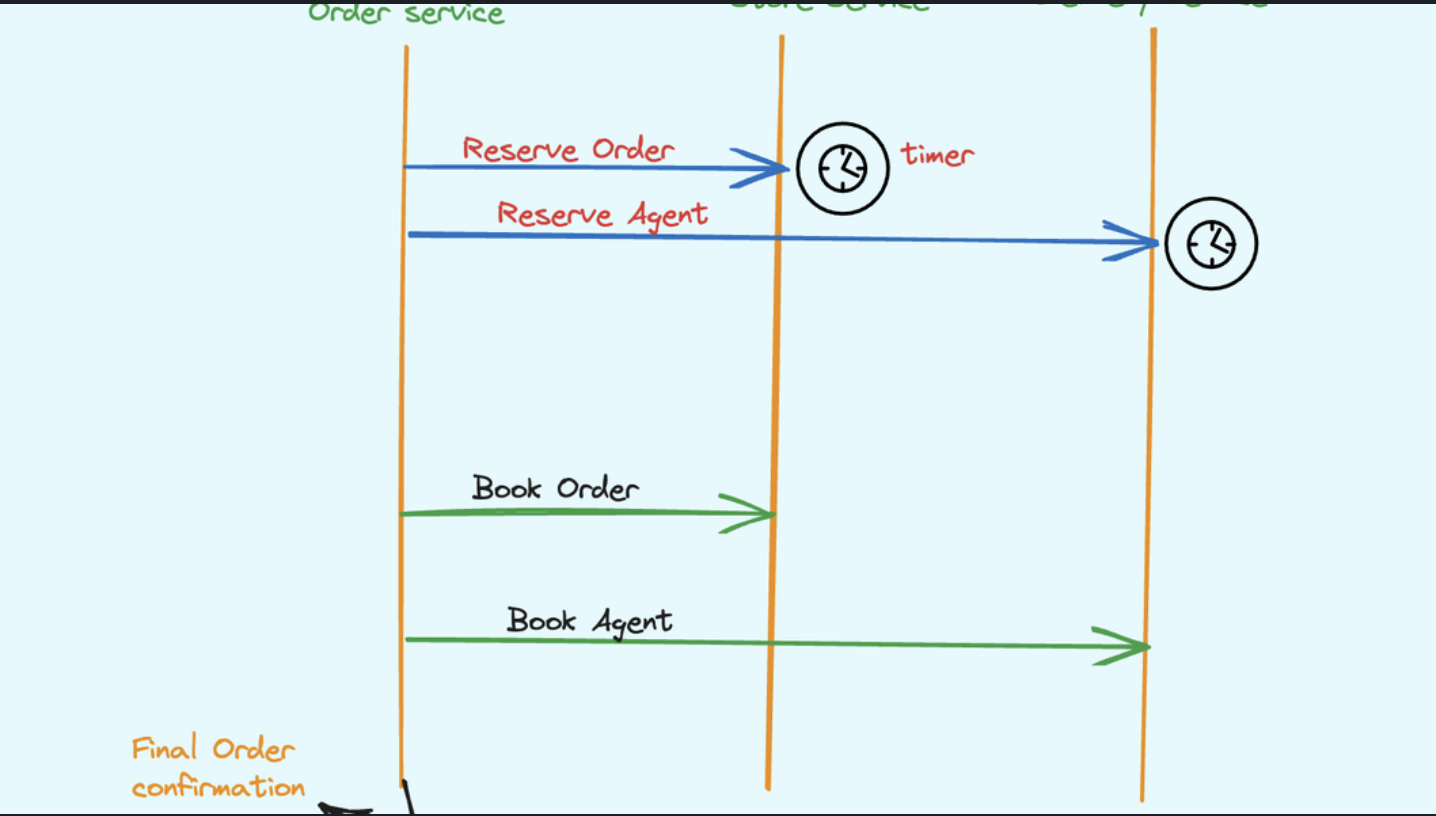Message Flow and Processing:
-
Message Sending:Clients connect to the Service Bus using AMQP, SBMP, or HTTP protocols.Messages are sent to queues or topics, depending on the desired communication pattern. Message properties and metadata are added for routing, filtering, and delivery guarantees.Messages are persisted in durable storage (Azure Storage for Standard tier, Azure Cosmos DB for Premium tier) for reliability.
-
Message Delivery (Queues):Messages are stored in the queue in FIFO order.Consumers receive messages sequentially from the head of the queue. Delivery guarantees (at-least-once, exactly-once) are implemented using locking mechanisms and transaction management (distributed ledger in Premium tier).Dead-lettering occurs for failed deliveries based on defined rules.
-
Message Delivery (Topics):Messages are published to a topic.Subscriptions filter messages based on rules and receive only relevant ones.Multiple subscriptions can receive the same message, enabling one-to-many communication. Delivery guarantees are applied at the topic level, not individual subscriptions.
-
Scalability and Performance: Service Bus employs a geographically distributed architecture with multiple nodes.Messages are distributed and processed across nodes for load balancing and scalability.Caching mechanisms improve retrieval speed for frequently accessed messages.Elastic scaling adjusts resources based on traffic volume.
-
Security:Shared Access Signatures (SAS) provide granular access control to entities. Azure Active Directory (Azure AD) ensures secure authentication and authorization. Network Security Groups restrict unauthorized access to service bus resources.
Let’s Understand via drawing some boxes:
Additional Internal Components:
-
Management Plane: Manages service bus entities and configurations through APIs and the Azure portal.
-
Monitoring and Diagnostics: Azure Monitor collects performance metrics and logs for analysis.
-
Event Tracing: Provides detailed insights into message flow and service operations.
Advanced Concepts:
-
Durable Functions: Build stateful workflows using Service Bus for long-running tasks.
-
Serverless Functions: Trigger functions on message arrival using event-driven architecture.
-
Auto-Forwarding: Forward messages to other queues or topics automatically.
Key Takeaways:
-
Service Bus employs a robust, distributed architecture for scalability and reliability.
-
Message flow and delivery are optimized for different communication patterns (queues vs. topics).
-
Robust security measures and monitoring tools ensure data integrity and operational insights.
-
Advanced features enable building sophisticated messaging-based applications.
I hope this enhanced response provides a clear and comprehensive understanding of Azure Service Bus’s internal workings. Feel free to ask for further clarification or specific details! 💡




